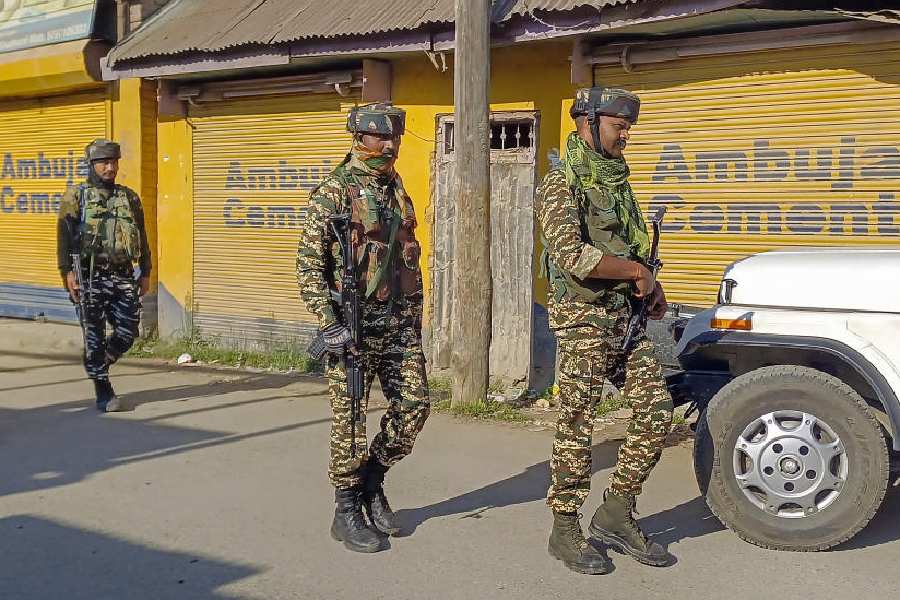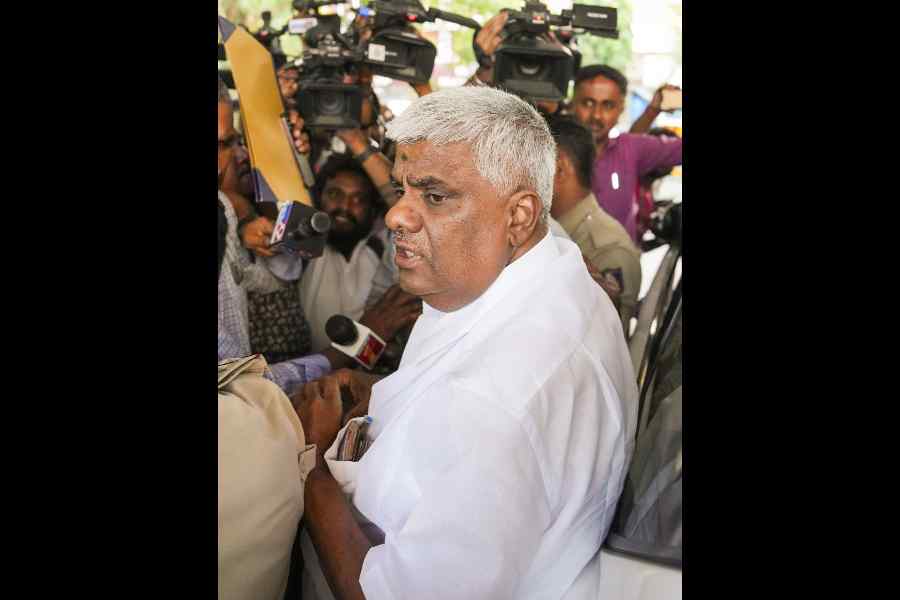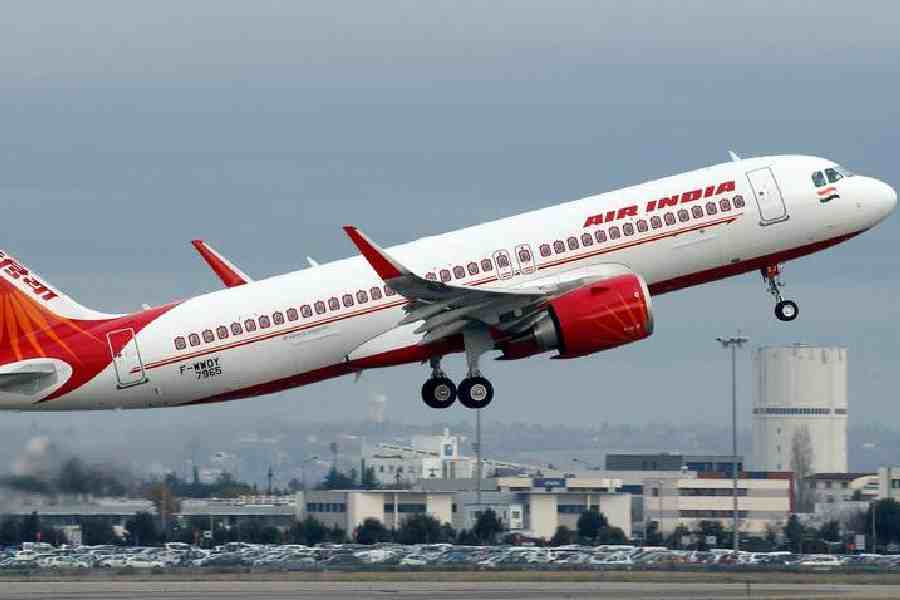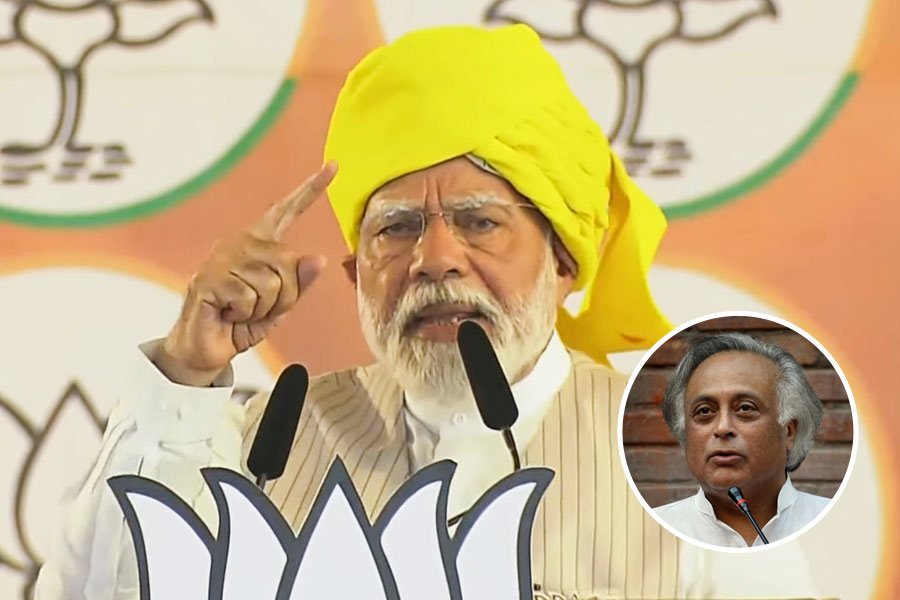The Supreme Court on Friday upheld the credibility of electronic voting machines saying they have inbuilt safeguards against tampering, but issued guidelines to the Election Commission to “further strengthen the integrity of the election process”.
It rejected a return to paper ballots or a wider count of VVPAT slips, arguing manual counting is open to error and mischief and presents a logistical challenge.
The bench of Justices Sanjiv Khanna and Dipankar Datta, writing separate but concurrent judgments upholding the constitutional validity of the EVMs, dismissed a batch of PILs filed by the Association for Democratic Reforms and others.
The petitions had sought a return to paper ballots; or a direction that the printed voter-verifiable paper audit trail (VVPAT) slips be given to voters for checking and put in the ballot box for counting; and/ or a direction that every VVPAT slip be counted in addition to the electronic counting by the control unit.
“We are not inclined… to increase the number of VVPAT undergoing slip count for several reasons. First, it will increase the time for counting and delay declaration of results. The manpower required would have to be doubled,” Justice Khanna said in his judgment.
“Manual counting is prone to human errors and may lead to deliberate mischief. Manual intervention in counting can also create multiple charges of manipulation of results. Further, the data and the results do not indicate any need to increase the number of VVPAT units subjected to manual counting.”
Justice Datta observed: “The (present) exercise of tallying 5 per cent VVPAT slips with votes cast by the electors has not, till date, resulted in any mismatch.”
He rejected the argument that several European countries had reverted to the ballot system, saying the vast numbers of India’s voters, candidates and polling booths precluded any comparison with European nations.
“EVMs offer significant advantages. They have effectively eliminated booth capturing by restricting the rate of vote casting to 4 votes per minute, thereby prolonging the time needed and thus check insertion of bogus votes,” the bench said.
“EVMs have eliminated invalid votes, which were a major issue with paper ballots and had often sparked disputes during the counting process. Furthermore, EVMs reduce paper usage and alleviate logistical challenges. Finally, they provide administrative convenience by expediting the counting process and minimising errors.”
It added: “Nevertheless, not because we have any doubt, but to only further strengthen the integrity of the election process, we are inclined to issue the following directions….”
⦿ On completion of the symbol loading process in the VVPATs undertaken on or after May 1, 2024, the symbol loading units shall be sealed and secured in a container. The candidates or their representatives shall sign the seal. The sealed containers shall be kept in the strong room along with the EVMs for at least 45 days after the declaration of results. They shall be opened, examined and dealt with as is done with the EVMs.
⦿ The burnt memory/ microcontroller in 5 per cent of the EVMs — that is, the control unit, ballot unit and the VVPAT — per Assembly constituency/ Assembly segment of a parliamentary constituency shall be checked and verified by a team of engineers from the EVM manufacturers, after the declaration of results, for any tampering or modification. This will be done on a written request from candidates who have finished second or third.
Such candidates or their representatives shall identify the EVMs by the polling station or serial number. All the candidates and their representatives can be present at the time of verification.
Such a request should be made within seven days of the declaration of results. The district election officer, in consultation with the team of engineers, shall certify the authenticity/ intactness of the burnt memory/ microcontroller after the verification process is over.
The expenses for the verification will be notified by the poll panel, and the candidate making the request will pay the sum. The money will be refunded if the EVM is found to have been tampered with.










